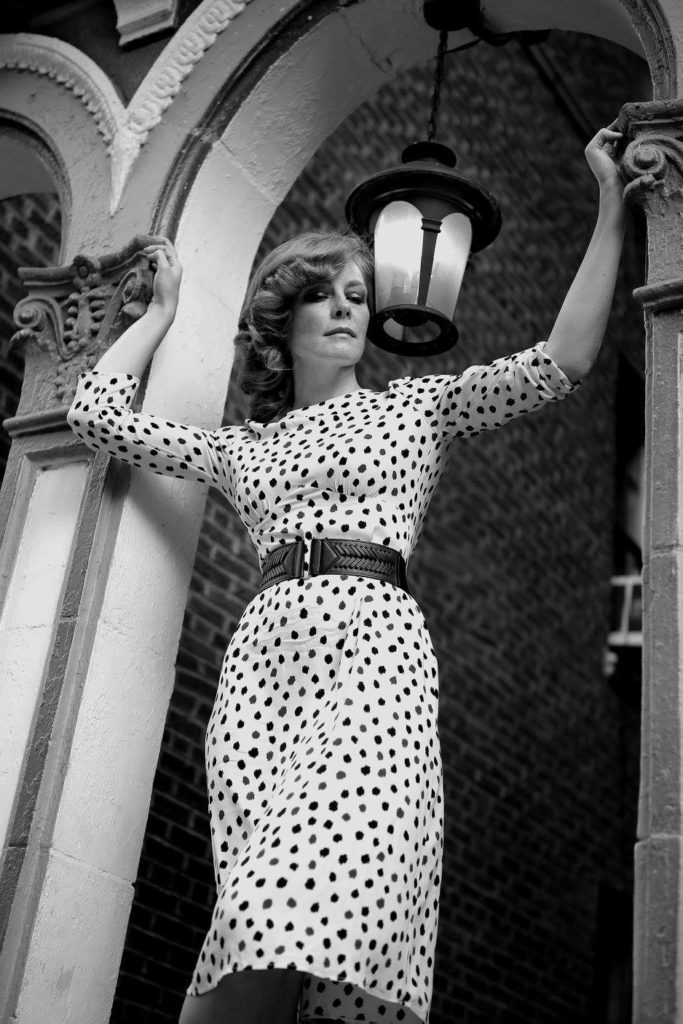Angelica Verkeenko is a Russian artist whose work has been shaped in many respects by the atmosphere and aesthetics of her native city – St. Petersburg. The tones of the cityscape arrayed in golden spires and cupolas, the aging bronze sculptures and antique silver patinas form the stratum for Ms.Verkeenko’s images.
This world of figurative influences also informs the artist’s passion for the Art Deco period, a lexicon with particular tenets that combine the straight line and sweeping gesture with florid fantasy. It is easy to distinguish in the artist’s work a sensibility similar to Erte, whose personal style emerged from the visual influences of the Russian northern capital. Angelica Verkeenko’s work also reflects the narratives and backdrops of the theatre, reinforced by her formal education as a classically trained theatrical designer.
In her chosen application of fine art, which the artist refers to as color graphics, Ms. Verkeenko creates figurative images. The artist intentionally creates an intimate visual world, populated with allegorical and mythological characters, the archetypes of multiple cultures and epochs. The compositions often feature one personage, sometimes two, placed in a formal setting reminiscent of the theatrical stage, a motif that links her work to the sketches found in the archives of 18th century French musical theatre.
Bringing her aesthetic notions into form, Ms. Verkeenko emphatically incises the movement of the character’s pose and gesture, defining the resulting rhythm in the expression of the full composition, which is then сomplimented by the application of miniature detail.
The palette of the artist’s work is derived from the complimentary pairings of silver and gold, white and black, and bronze and copper. Behind the luxurious and finely wrought surfaces is the manually intensive, detailed process which is particular to their creation: On the primary paper layer Ms. Verkeenko fixes the outlines of the finished image in relief. The artist builds up the relief on top of the initial outlines by applying geometries of metallic paper and foils, which she crafts unerringly, using techniques
that were already well known to the icon masters of medieval Russia. Then Ms. Verkeenko further articulates pattern and finish. Working with a selection of handheld tools, the artist shapes the delicate sheets of monotone and colored foils and gold leaf to a fine level of detail. The layers of complimentary materials are built up into a dazzling representation of the final image, highlighted by metallic and surface paints that impart further nuance to the finished creation.
Marina Dashkova, International Society of Curators Curator, The Center for Evaluation of Cultural Heritage, Northwest Region, St. Petersburg, Russia, Member of the Union of Artists

